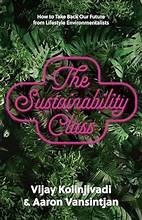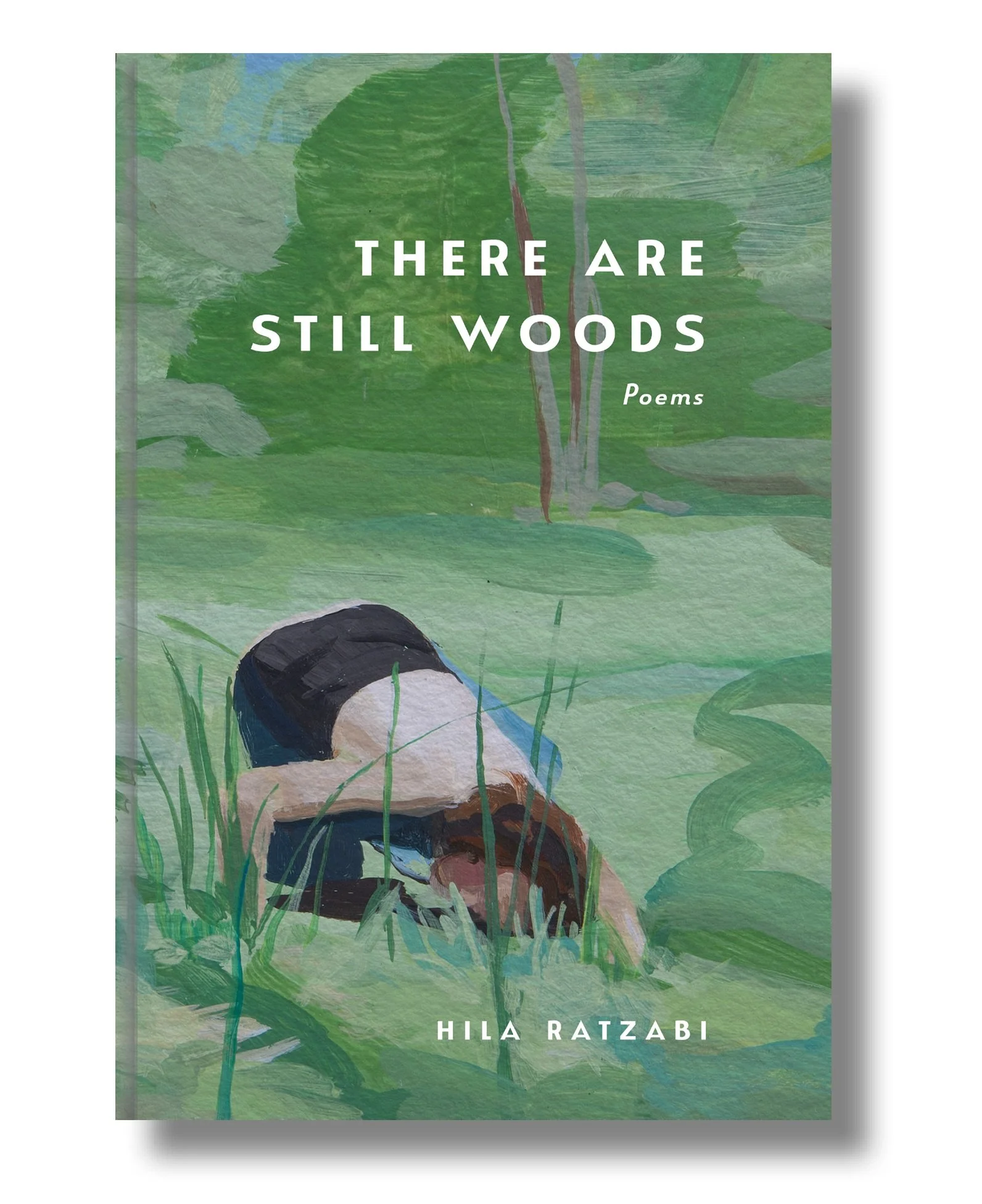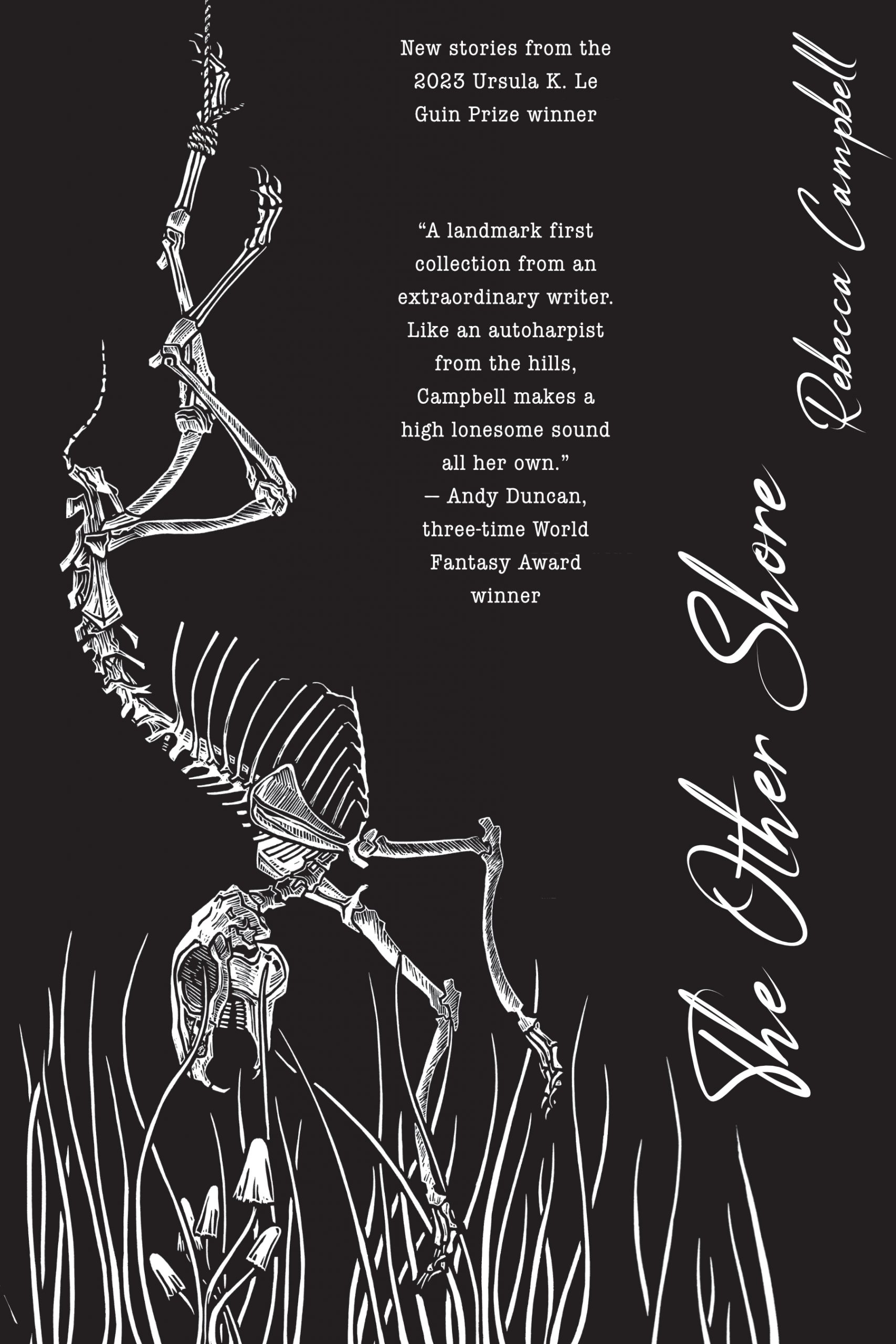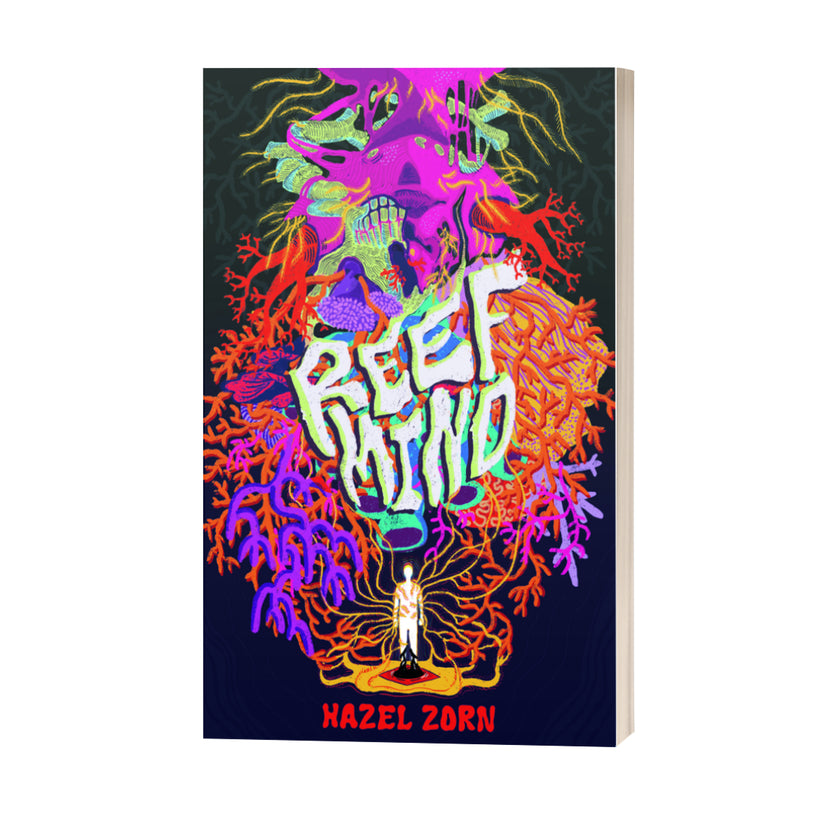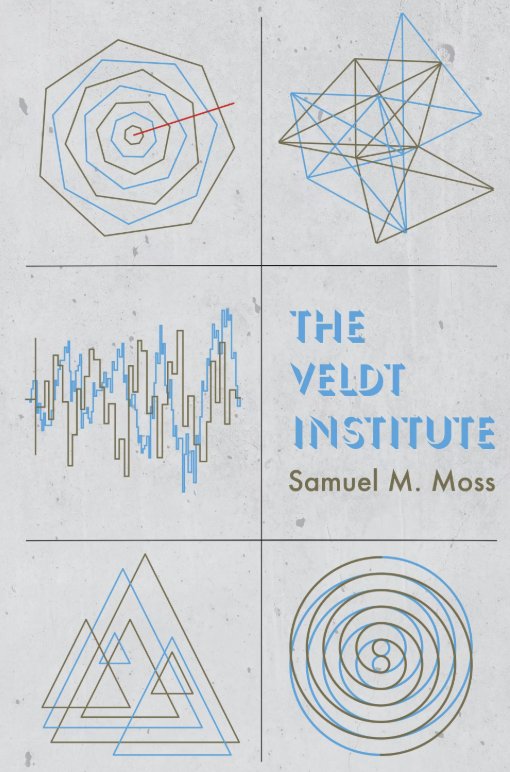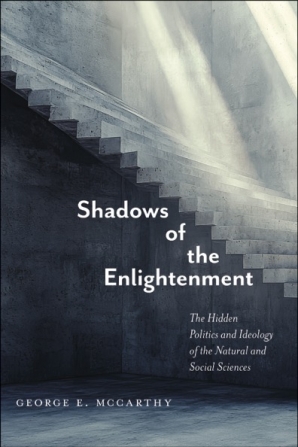User Profile
ecologist, geographer, writer.
This link opens in a pop-up window
BenLockwood's books
User Activity
RSS feed Back
BenLockwood finished reading Abolishing Fossil Fuels by Kevin A. Young
BenLockwood started reading There Are Still Woods by Hila Ratzabi
BenLockwood finished reading The Other Shore by Rebecca Cambpell
BenLockwood finished reading Dance Dance Dance by Haruki Murakami (The Rat, #4)

Dance Dance Dance by Haruki Murakami (The Rat, #4)
Dance Dance Dance (ダンス・ダンス・ダンス, Dansu Dansu Dansu) is the sixth novel by Japanese writer Haruki Murakami. First published in 1988, …
BenLockwood finished reading Reef Mind by Hazel Zorn
BenLockwood finished reading Radical Abundance by Keir Milburn
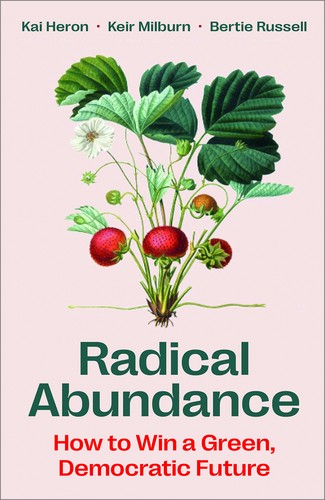
Radical Abundance by Keir Milburn, Kai Heron, Bertie Russell
A blueprint for escaping capitalism and creating a world of true abundance
BenLockwood started reading Dance Dance Dance by Haruki Murakami (The Rat, #4)

Dance Dance Dance by Haruki Murakami (The Rat, #4)
Dance Dance Dance (ダンス・ダンス・ダンス, Dansu Dansu Dansu) is the sixth novel by Japanese writer Haruki Murakami. First published in 1988, …
BenLockwood wants to read Dance Dance Dance by Haruki Murakami (The Rat, #4)

Dance Dance Dance by Haruki Murakami (The Rat, #4)
Dance Dance Dance (ダンス・ダンス・ダンス, Dansu Dansu Dansu) is the sixth novel by Japanese writer Haruki Murakami. First published in 1988, …
BenLockwood finished reading Lunar Park by Bret Easton Ellis

Lunar Park by Bret Easton Ellis
Becoming a best-selling novelist and wealthy celebrity while still in college, only to have his fame disintegrate in a sea …
BenLockwood started reading Lunar Park by Bret Easton Ellis

Lunar Park by Bret Easton Ellis
Becoming a best-selling novelist and wealthy celebrity while still in college, only to have his fame disintegrate in a sea …
BenLockwood finished reading ECO24: The Year's Best Speculative Ecofiction by Marissa van Uden
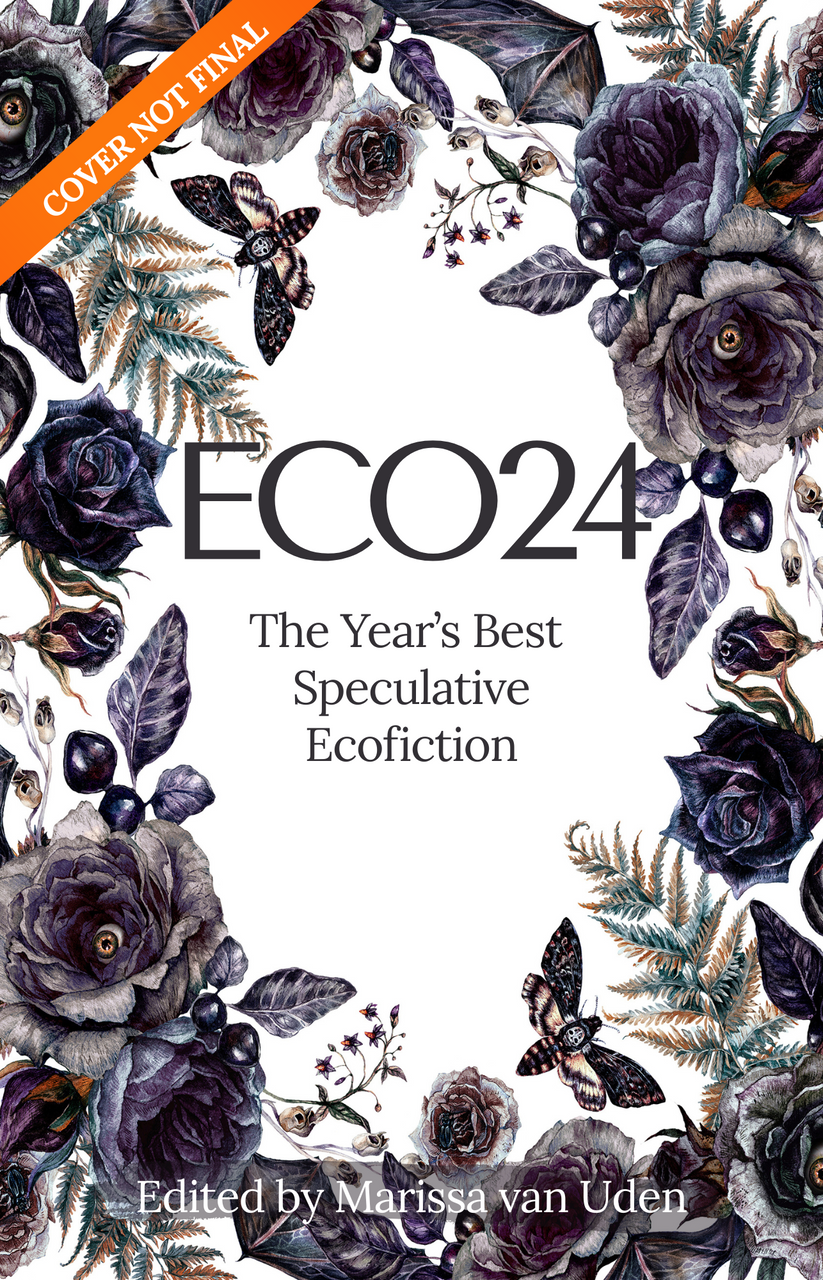
ECO24: The Year's Best Speculative Ecofiction by Marissa van Uden
A must-read annual showcase of the best nature-based science fiction and fantasy short stories published around the world every year.
…BenLockwood started reading Radical Abundance by Keir Milburn

Radical Abundance by Keir Milburn, Kai Heron, Bertie Russell
A blueprint for escaping capitalism and creating a world of true abundance
